2023 April 11
Aziza Cooper sends a photograph of the day-flying geometrid moth Epirrhoe plebeculata from Goldstream Heights. This is a commonly-seen moth at this time of the year, and, writes Jeremy Tatum, I have been trying for years to find its caterpillar. It is reputed to feed upon Galium, but I am all but certain that this is quite wrong. Please, then, all keep a look-out for this moth and watch it carefully to see if it oviposits. I would be very glad to have an egg – with foodplant – to rear it from egg to adult (and then, of course, to release the adult in suitable habitat when it emerges next year).
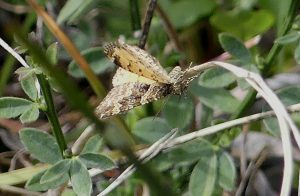 Epirrhoe plebeculata (Lep.: Geometridae) Aziza Cooper
Epirrhoe plebeculata (Lep.: Geometridae) Aziza Cooper
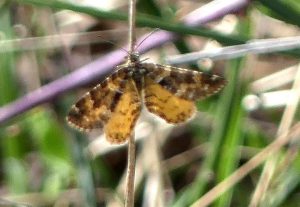 Epirrhoe plebeculata (Lep.: Geometridae) Aziza Cooper
Epirrhoe plebeculata (Lep.: Geometridae) Aziza Cooper
Please also all keep a look-out (perhaps in the Munn Road area) for the Moss’s Elfin butterfly. There have been very few sightings in recent years.
Ian Cooper sends another nice bunch of a variety of creatures from Colquitz River Park.
First, a harvestman, and, for the sharp-eyed, just below it, a small springtail, Orchesella villosa.
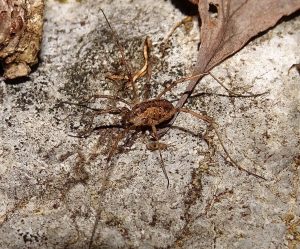 Unidentified Harvestman (Opiliones) Ian Cooper
Unidentified Harvestman (Opiliones) Ian Cooper
And now for a closer look at the springtail:
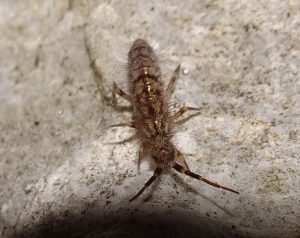 Springtail – Orchesella villosa (Coll.: Orchesellidae) Ian Cooper
Springtail – Orchesella villosa (Coll.: Orchesellidae) Ian Cooper
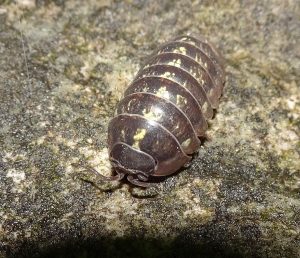 Armadillidium vulgare (Isopoda: Armidillidiidae) Ian Cooper
Armadillidium vulgare (Isopoda: Armidillidiidae) Ian Cooper
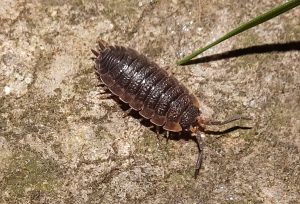 Common Rough Woodlouse – Porcellio scaber (Isopoda: Porcellionidae)
Common Rough Woodlouse – Porcellio scaber (Isopoda: Porcellionidae)
Ian Cooper
 Grey Field Slug – Deroceras reticulatum (Pul.: Agriolimacidae) Ian Cooper
Grey Field Slug – Deroceras reticulatum (Pul.: Agriolimacidae) Ian Cooper
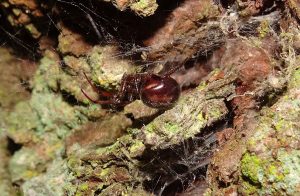 Believed to be Steatoda bipunctata (Ara.: Theridiidae) Ian Cooper
Believed to be Steatoda bipunctata (Ara.: Theridiidae) Ian Cooper
Dr Bennett comments: Quite likely Ian is correct on the ID. However, bipunctata is an introduction and there are not many verified records of it yet from our area. I would want to examine the specimen before saying “for sure!”

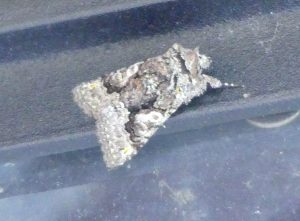 Behrensia conchiformis (Lep.: Noctuidae) Jochen Möhr
Behrensia conchiformis (Lep.: Noctuidae) Jochen Möhr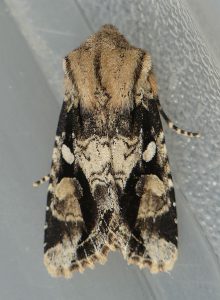 Egira rubrica (Lep.: Noctuidae) Jochen Möhr
Egira rubrica (Lep.: Noctuidae) Jochen Möhr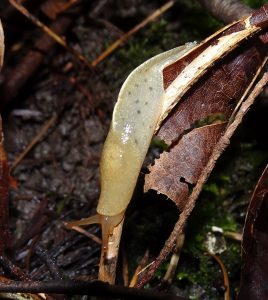 Banana Slug Ariolimax columbianus (Pul.: Arionidae) Ian Cooper
Banana Slug Ariolimax columbianus (Pul.: Arionidae) Ian Cooper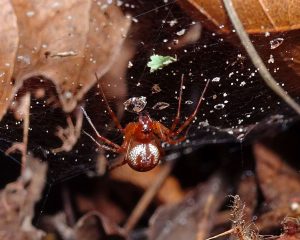 Female linyphiine spider (Ara.: Linyphiidae – Linyphiinae) Ian Cooper
Female linyphiine spider (Ara.: Linyphiidae – Linyphiinae) Ian Cooper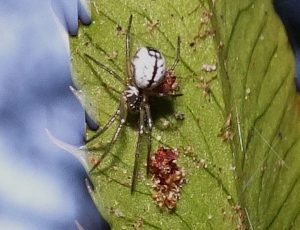 Probably Enoplognatha ovata (Ara.: Theridiidae) Ian Cooper
Probably Enoplognatha ovata (Ara.: Theridiidae) Ian Cooper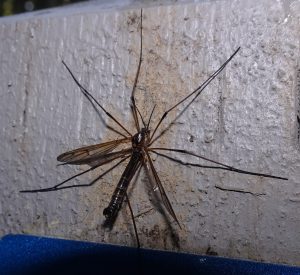 Crane Fly (Dip.: Tipulidae) Ian Cooper
Crane Fly (Dip.: Tipulidae) Ian Cooper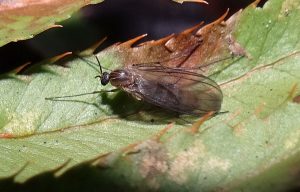
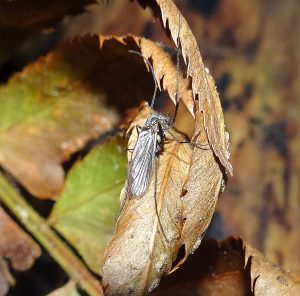 Unidentified fly (Diptera) Ian Cooper
Unidentified fly (Diptera) Ian Cooper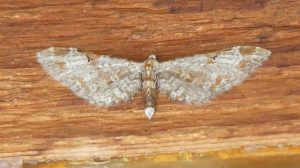 Eupithecia nevadata (Lep.: Geometridae) Jochen Möhr
Eupithecia nevadata (Lep.: Geometridae) Jochen Möhr Triphosa haesitata (Lep.: Geometridae) Jochen Möhr
Triphosa haesitata (Lep.: Geometridae) Jochen Möhr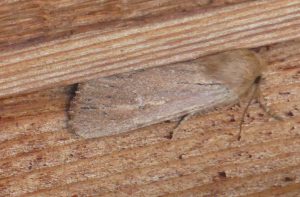 Ufeus satyricus (Lep.: Noctuidae) Jochen Möhr
Ufeus satyricus (Lep.: Noctuidae) Jochen Möhr